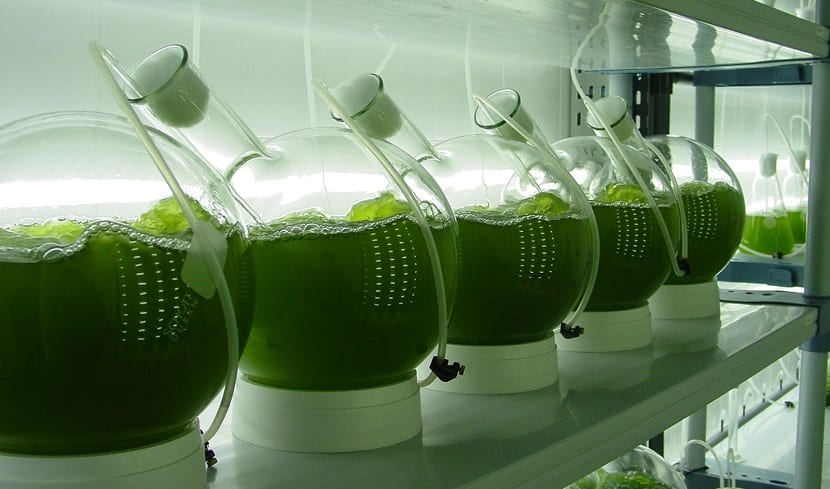
The problem of water scarcity and increasing droughts are spreading on a global scale. It is a major and large-scale environmental problem, since we need water for practically everything. Without water we could not survive.
Added to the problem of water scarcity is another environmental problem that also reduces the amount of available water: The water contamination. Water pollution is one of the main consequences of industrial activity. Since the industrial revolution, water pollution has increased dramatically. All the chemical, petrochemical, pharmaceutical, metallurgical and extractive companies have left a great toxic load in the bodies of water around the world. However, for two decades a technology from the same nature has been the way out of this problem. What is this solution?
Microalgae as a solution to water pollution
The solution to alleviate the problems of water contamination lies in the use of algae to decontaminate them. This technology emerged more than 17 years ago. The project that uses microalgae to decontaminate waters it's called bioremediation. It was discovered thanks to the fact that whenever there is contaminated water in an ecosystem, microalgae respond to that, since they have the ability to transform toxic substances into others that are not toxic, such as proteins.
These algae are different from what we know. They are unicellular organisms, they do not have a root or stem. They are so small that they are only visible under a microscope. These algae exist all over the world and only 30% of the species that may exist are known.
How are the waters decontaminated?

These microalgae work as a kind of filter. They have on their surface some glucopolysaccharides that act like velcro to trap the polluting molecules present in the water. As the microalgae processes these pollutants, it turns them into biomass. The admirable thing is that microalgae are more resistant than bacteria and do not kill other organisms that already inhabit the ecosystems that are going to be intervened.
This is a possibility of being able to take a step in the reduction of available water in the world and alleviate water problems.
Hello dear.
which are the genera or species that serve as bioremediators.